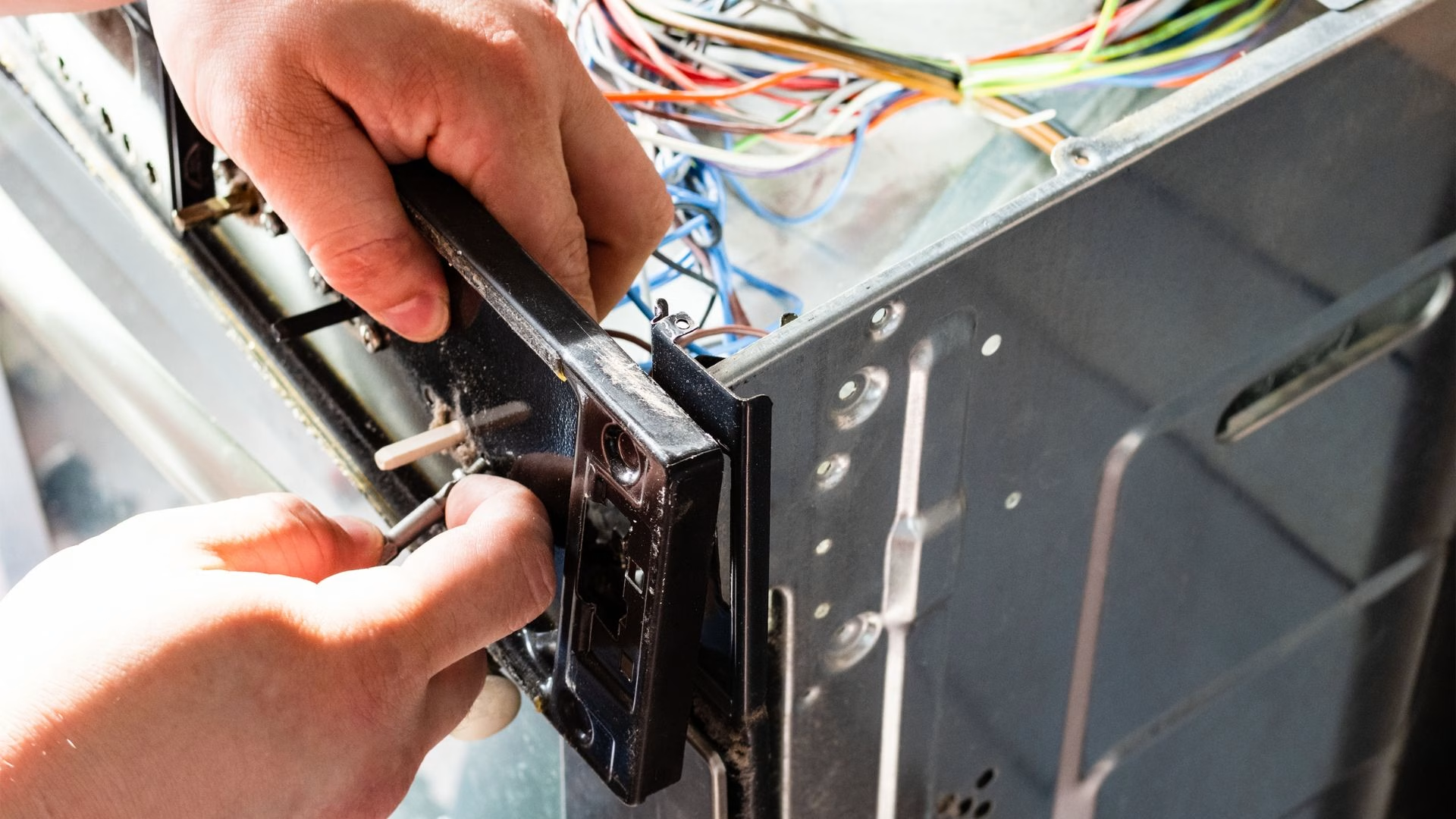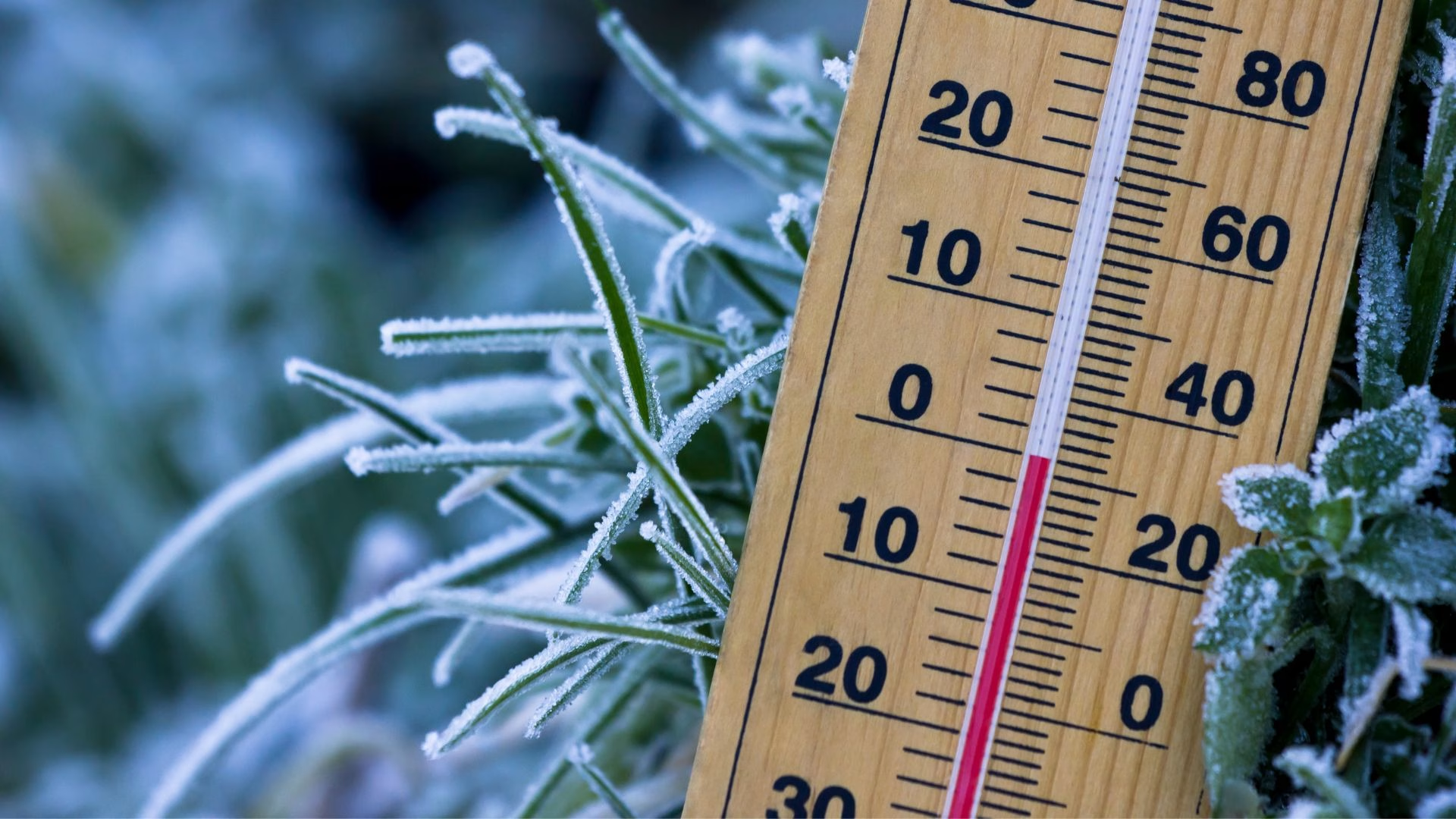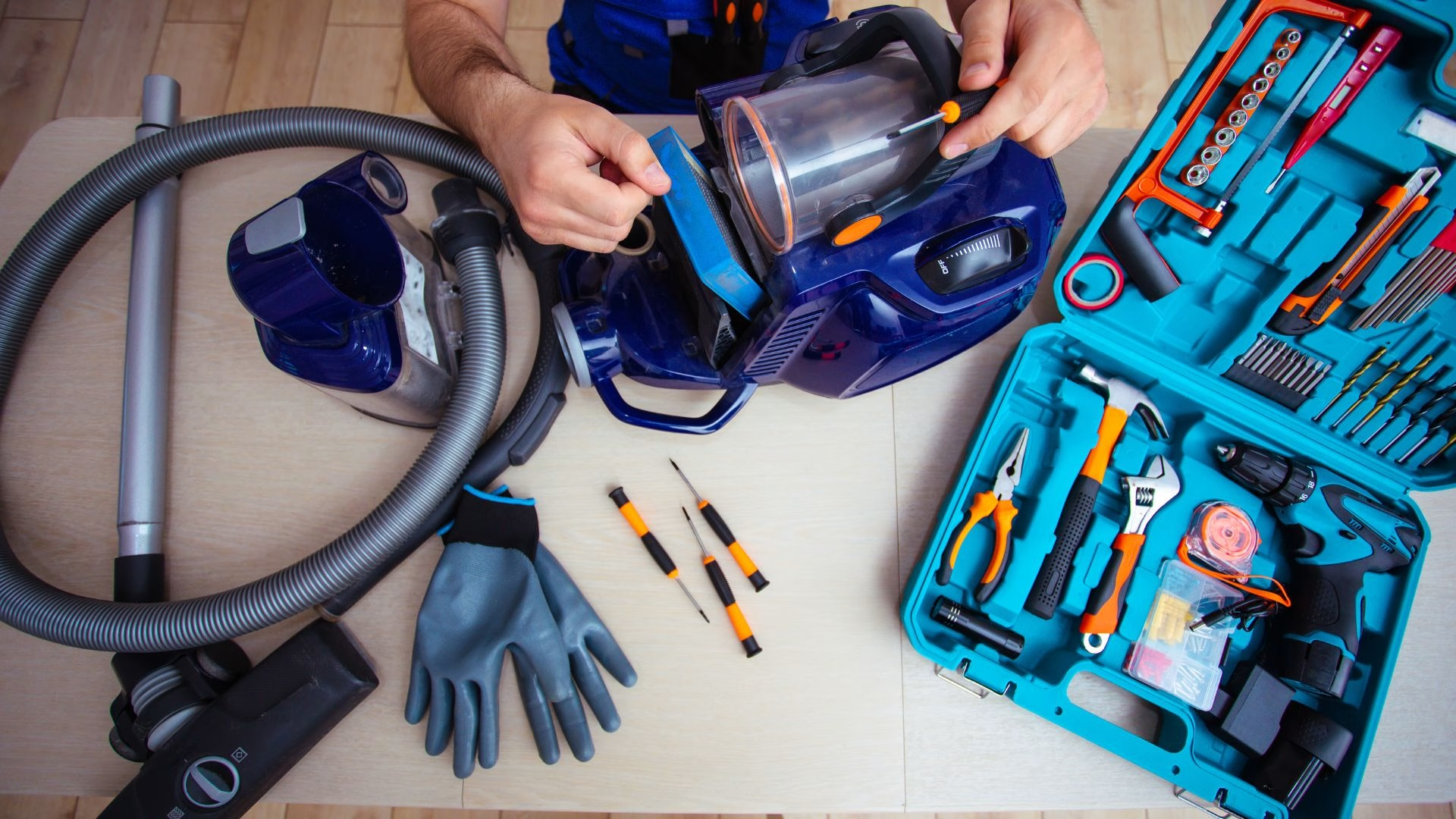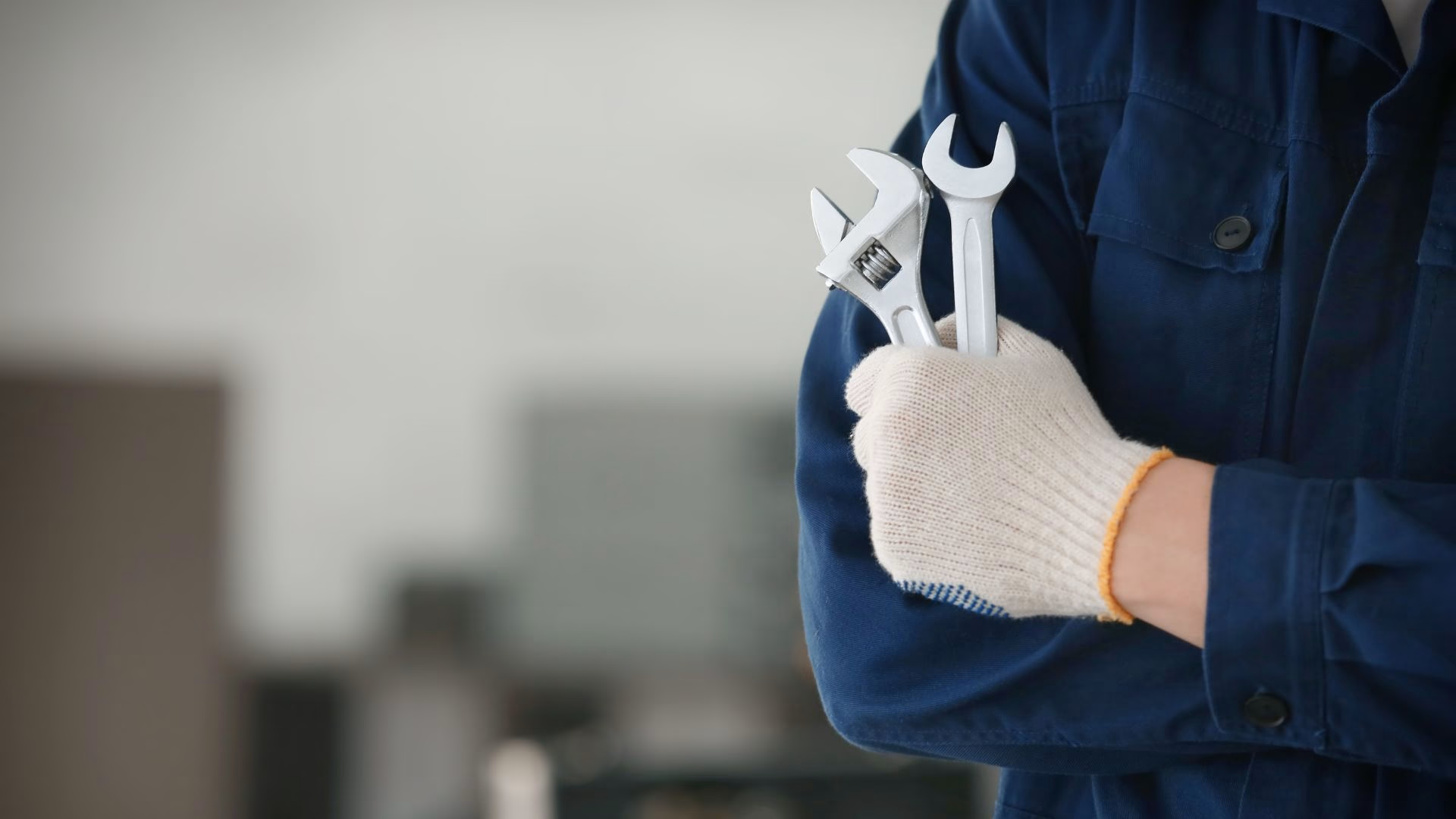- Accessories
- Air Filtration
- Air Movers & Fans
- Air Scrubbers & HEPA Systems
- Carpet Puller
- Commercial Air Purifiers
- Decontamination Equipment
- Dehumidifiers
- Desiccant Dehumidifiers
- Disinfectant
- Dust Collectors
- Dust Containment
- Electronic/Power Accessories
- Electronics
- Equipment Filters & UV Lamps
- Flexible Ducting
- Flooring Equipment
- Foggers
- Grinders
- GSA Approved
- Healthcare
- Heaters
- Heating Equipment
- HEPA Filtration Systems
- HVAC
- Meters
- Mobile Containment & Abatement Equipment
- Negative Air Machines
- Ozone Generators
- Parts
- Parts & Accessories
- Polisher
- Power Cords & Portable Power Unites
- Pressure Monitors
- Rental Equipment
- Sanitizing Systems
- Separator
- Shotblaster
- System Packages
- Tester
- Tools & equipment
- Tools and Accessories
- Trolley
- Trolleys & Carts
- Uncategorized
- Used Accessories
- Used Air Movers
- Used Air Scrubbers
- Used Axial Air Movers
- Used Dehumidifiers
- Used Desiccant Dehumidifiers
- Used Desiccants
- Used Foggers
- Used Generators
- Used Heating Equipment
- Used Mobile Containment & Abatement Equipment
- Used Ozone Machines
- Used Restoration Equipment
- Used Water Removal Equipment
- Used ZipWall
- Vacuum Equipment
- Ventilators
- Wall Cavity Dryers
- Water Extraction
- Water Filtration Systems
- Zip Wall
How Regular Air Scrubber Repair Can Save Restoration Companies Thousands
In the restoration industry, air scrubber repair often takes a backseat to acquiring new equipment or managing current projects. However, this oversight can cost restoration companies thousands of dollars annually in unnecessary expenses, reduced efficiency, and shortened equipment lifespan.
At First Choice Drying Equipment, we’ve seen countless restoration professionals transform their bottom line simply by implementing regular maintenance and repair protocols for their air scrubbers. With our help, you can maximize equipment longevity, reduce unexpected breakdowns, and deliver superior results to your clients.
Why Air Scrubber Repair Matters to Your Bottom Line
Air scrubbers represent a significant capital expenditure for restoration companies, with high-quality units costing thousands of dollars. When properly maintained, an air scrubber can provide reliable service for 7-10 years or more. Without regular maintenance, that timeframe can be cut in half, forcing you to replace equipment prematurely and draining your company’s financial resources.
Common Air Scrubber Issues That Regular Maintenance Prevents
Many costly air scrubber repairs begin as minor issues that, if caught early, would require minimal intervention. Look out for these common problems:
Clogged Filters
Filters are the workhorses of your air scrubber, and they’re designed to capture particles and contaminants. Over time, these filters become clogged, forcing your machine to work harder to maintain the same airflow. Increased airflow strain leads to higher energy consumption and puts stress on the motor and other components.
A clogged primary filter can reduce airflow by up to 50%, significantly decreasing the effectiveness of your air scrubbers on job sites. Regularly replacing filters costs a fraction of what you’ll spend on increased operation time or premature motor repairs.
Motor Burnout
When filters clog and airflow becomes restricted, your air scrubber’s motor has to work overtime. This additional strain generates more heat and accelerates wear and tear on motor components. The result? Premature motor burnout and lost revenue from equipment downtime.
Regular maintenance allows technicians to identify signs of motor stress before catastrophic failure occurs. Simple interventions like cleaning cooling fins, checking electrical connections, and ensuring proper lubrication can prevent expensive air scrubber repair and keep your equipment running smoothly.
Housing Damage
The external housing of your air scrubber might seem like a purely cosmetic concern, but cracks, dents, or loose components can significantly impact performance. Damaged housing can allow unfiltered air to bypass the filtration system, reducing efficiency and potentially releasing contaminants back into the environment.
Regular inspection of your air scrubber’s housing ensures that the unit maintains proper air pressure and flow patterns. Catching small cracks or seal issues early will save your equipment from internal component damage or premature replacement.
The Hidden Costs of Neglecting Air Scrubber Maintenance
Beyond the obvious expense of replacement parts and repair labor, neglecting air scrubber repair creates several hidden costs that many restoration companies fail to account for in their financial planning.
Project Delays and Deadline Extensions
When an air scrubber fails mid-project, your project timeline extends, potentially incurring contractual penalties or damaging client relationships. A single day of project delay can cost a restoration company $500-$2,000 in labor, overhead, and opportunity costs. Regular air scrubber repair will dramatically reduce the risk of unexpected equipment failure, helping you maintain tight project schedules and client satisfaction.
Increased Energy Consumption
A poorly maintained air scrubber requires significantly more power to operate at capacity. Although increased energy consumption may seem negligible on a day-to-day basis, it adds up quickly across multiple units and projects.
Studies show that well-maintained HVAC and air filtration equipment can operate up to 30% more efficiently than neglected units. For a restoration company running multiple air scrubbers across various job sites, this efficiency could save you thousands of dollars in annual energy costs.
Diminished Air Quality Outcomes
The primary purpose of an air scrubber is to improve air quality by removing contaminants. When these machines operate below optimal efficiency due to maintenance issues, they fail to achieve the air quality standards you expect and fail to meet guidelines. Substandard air quality outcomes can lead to failed inspections, client complaints, and even potential liability issues in sensitive environments where GSA-approved products are required.

Developing a Cost-Effective Air Scrubber Maintenance Schedule
Implementing a strategic maintenance schedule transforms air scrubber repair from a reactive expense to a proactive investment. Here’s how to develop a maintenance program that maximizes savings and minimizes downtime:
Create Equipment History Logs
Maintain detailed service records for each air scrubber in your fleet. These logs should document:
- Purchase date and original specifications
- All maintenance and repair activities with dates
- Parts replaced and their costs
- Performance testing results
- Unusual observations or recurring issues
History logs allow you to identify patterns, anticipate needs, and make data-driven decisions about air scrubber repair versus replacement.
Daily Operator Checks
Train your field technicians to perform basic daily checks on air scrubbers before and after each use. Have operators check for unusual noises, vibrations, or odors during operation. They should also visually inspect filters for excessive soiling, examine power cords for damage, and ensure all controls function properly. Documenting these checks creates accountability and helps track equipment performance over time.
Monthly Deep Cleaning and Inspection
Dedicate time each month to a more thorough cleaning and inspection of your air scrubber fleet, including:
- Thoroughly cleaning exterior surfaces and air intake areas
- Inspecting and cleaning pre-filters and primary filters
- Checking all electrical connections and components
- Examining housing seals and gaskets for leaks
- Testing airflow performance against manufacturer specifications
Monthly sessions typically require 30-60 minutes per unit, but catch many common failures before air scrubber repair is necessary.
Quarterly Professional Service
Even with diligent daily and monthly maintenance, professional service from a company like First Choice is needed to maximize equipment longevity. At your quarterly service appointments, qualified technicians:
- Conduct comprehensive diagnostic testing
- Address minor issues before they become major problems
- Perform preventative replacements and air scrubber repair
- Calibrate sensors and controls for optimal performance
- Update equipment with any manufacturer-recommended modifications
Read Also: Expert Repairs on Restoration Equipment with First Choice
How First Choice Drying Equipment Can Help
At First Choice Drying Equipment, we specialize in helping restoration companies implement effective air scrubber repair and maintenance programs that maximize equipment value and minimize operating costs. Our comprehensive services include:
Expert Maintenance and Repair
Our certified technicians have extensive experience with all major air scrubber brands and models. We can diagnose issues quickly and provide cost-effective air scrubber repair using genuine parts. Our preventative service and repair programs are designed specifically for the demands of the restoration industry, addressing the unique challenges your equipment faces in varied work environments.
Quality Replacement Options
When air scrubber repair isn’t economical, we offer competitive pricing on air scrubbers and HEPA systems that will meet your specific needs. Our inventory includes various capacities and features, allowing you to select equipment that’s perfectly suited to your typical projects. We stand behind every unit we sell with exceptional service and support.
Rental Solutions During Repairs
We understand that downtime isn’t an option in the restoration business. That’s why we offer equipment rentals to keep your projects moving while maintenance or repair takes place. Our flexible rental terms accommodate both short-term emergency needs and longer-term project requirements.
Related: The Benefits of Renting vs. Buying Restoration Equipment: Making the Smart Choice
Training and Technical Support
Our commitment extends beyond equipment sales and service. We also provide comprehensive training for your staff on proper air scrubber operation and basic maintenance. Our technical support team is always available to answer questions and troubleshoot issues, helping you maximize the value of your equipment investment.
Need Air Scrubber Repair? Take Action Today with First Choice!
Don’t wait for equipment failures to disrupt your projects and drain your resources. Implementing a proactive air scrubber repair and maintenance program is investing in your company’s operational excellence and financial health. The thousands of dollars you’ll save represent resources you can redirect toward growth initiatives, employee development, or improved client services.
We want to discuss how our air scrubber maintenance and repair services can benefit your restoration company. Get in touch with First Choice Drying Equipment today by scheduling a consultation or by giving us a call. Your air scrubbers work hard for your business; make sure you’re protecting your investment with the care and attention it deserves.
Recent Posts
- How Regular Air Scrubber Repair Can Save Restoration Companies Thousands
- Understanding IICRC Standards for Water Damage Restoration
- Why First Choice Drying Equipment Is Your Best Option for Air Mover Repair and Maintenance
- Maximizing Drying Efficiency with Proper Restoration Equipment Placement
- Extending Equipment Life: Professional Portable Dehumidifier Repair Services for Restoration Companies





